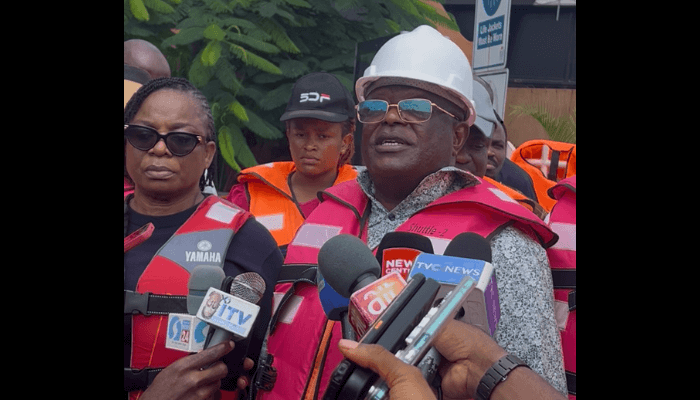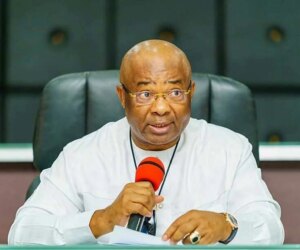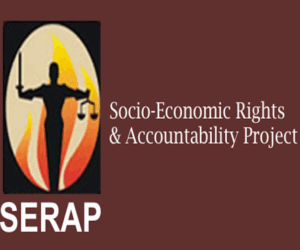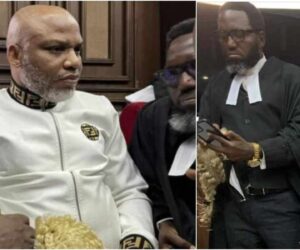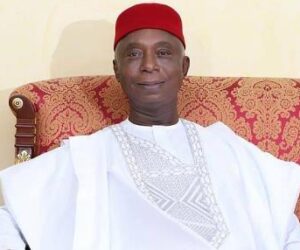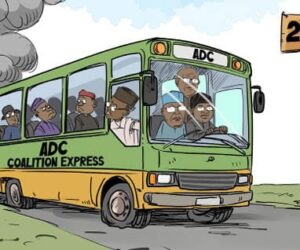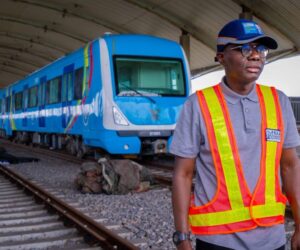David Umahi, Minister of Works, says Carter Bridge, also known as the First Mainland Bridge in Lagos, is no longer structurally viable, with all stakeholders agreeing that the bridge must be replaced.
He disclosed this on Wednesday during an inspection tour of the bridge, alongside engineers, contractors, senior officials of the ministry, and journalists.
Umahi explained that multiple investigations, both above and below the waterline, had confirmed the extent of the damage to the bridge.
“The situation of Carter Bridge is so critical, and it seems that all stakeholders have agreed that Carter Bridge is no longer suitable,” he said.
The minister noted that while some discussions had focused on whether parts of the bridge, particularly the ramps, could be salvaged to cut costs, consultants would still need to validate those assessments.
“If the observations are as they have been sent to us, then it means that both the ramp and the main actual section of the Carter Bridge have to go,” Umahi said.
He added that part of the challenge was that remnants of the old Carter Bridge, which had been demolished with explosives, still lies within the water. “Whatever we are doing, we have to consider removal of that so as not to affect our navigational activities,” he explained.
Umahi stressed that the Federal Government has advertised for public engagement to receive technical proposals on Carter and Third Mainland bridges, noting that no final cost has been approved.
“The ministry is not buying the idea of a fresh Third Mainland Bridge (3MB). We will do everything to rehabilitate the Third Mainland Bridge. But for Carter Bridge, the decision of all stakeholders is that we have to do away with it,” he said.
On financing, Umahi disclosed plans to adopt a Public-Private Partnership (PPP) model. He raised safety concerns about indiscriminate parking of trucks and traders on bridges across the country, saying such practices were dangerous and contributed to structural failures.
“We observed that while we are struggling with how to remedy the Carter Bridge, there are very serious static vehicular loads on the bridge. This is very dangerous,” Umahi said, adding, “it is the responsibility of all of us to protect our national assets. People should not park on our bridges, people should not park on our roads.”
Umahi said the ministry would return in two weeks for a final inspection of the Carter Bridge, after which a definitive position will be announced.
“In the meantime, various experts have been deployed, and you’ll be hearing from us the final determination of this matter,” he said.

